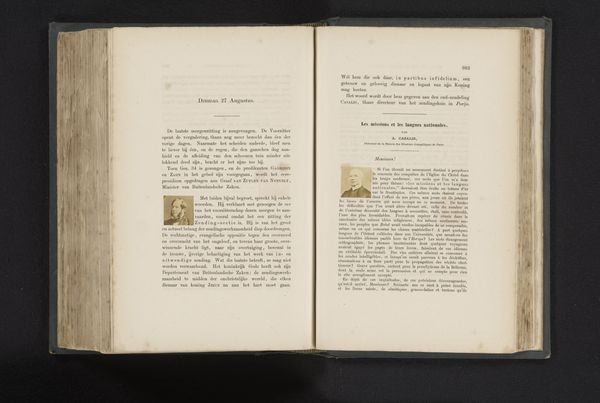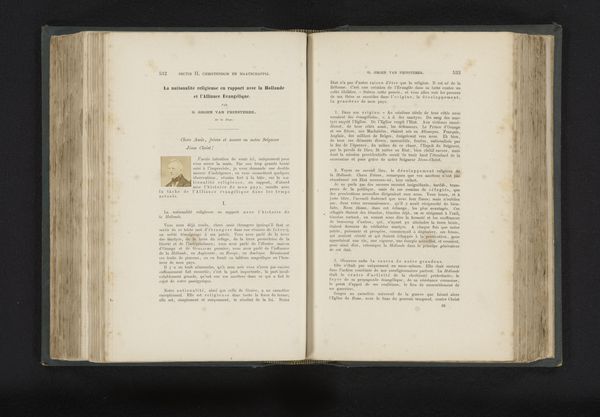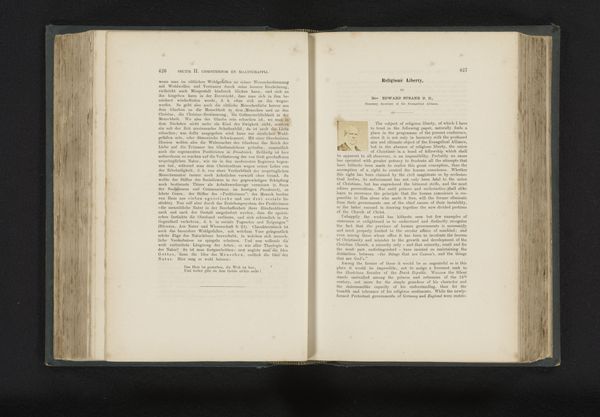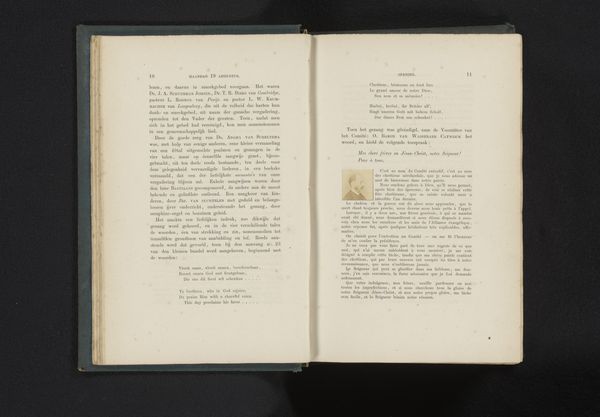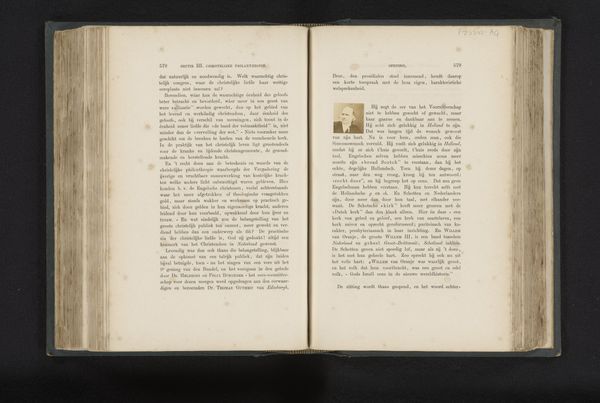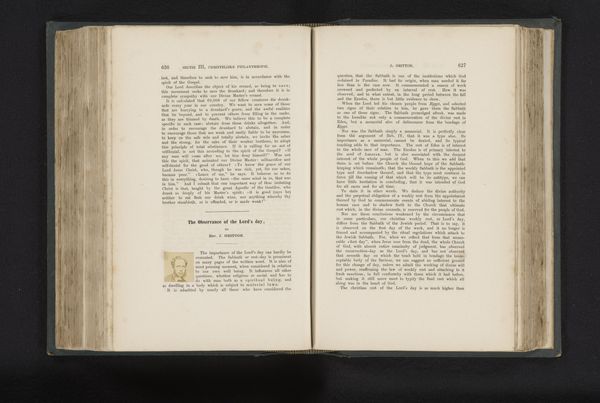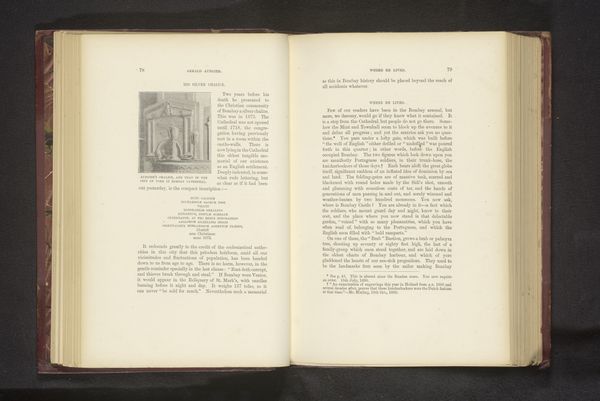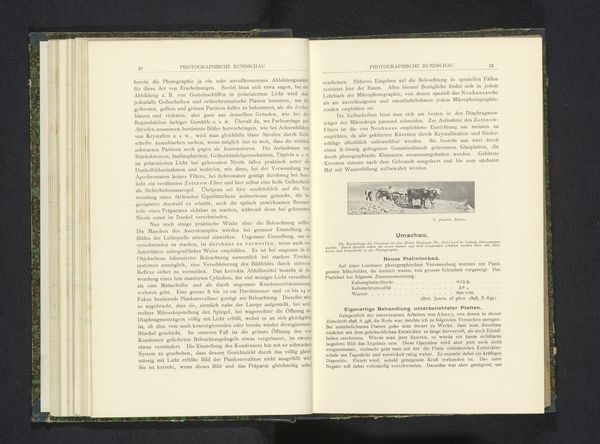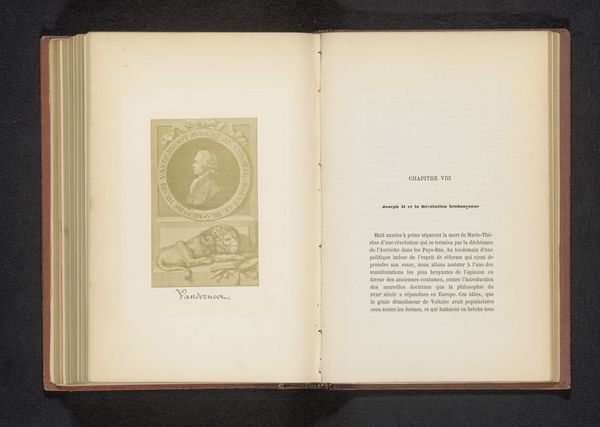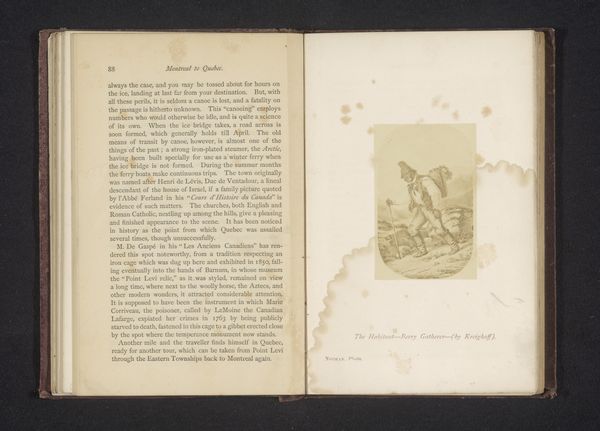
#
portrait
# print
Dimensions: height 22 mm, width 22 mm
Copyright: Rijks Museum: Open Domain
Curator: Before us, we have an intriguing print titled "Portret van Friedrich Wilhelm Krummacher." It appears to be from before 1867 and is presented within the pages of a book. Editor: My first thought is how this small image contains so much dignity and maybe even severity. The subject’s intense gaze makes an immediate impact, even reproduced here in print. I find myself wondering what kind of book contains his image. Curator: Indeed. The mode of production is critical here; the image exists as a reproduction within a larger textual and material context. It invites us to consider printmaking's role in disseminating images and ideas in that era, before photography took over as the dominant technology of reproducibility. The labor of creating this image must also be recognized, from the paper making, the engraving process, all the way through to the binding and printing. Editor: Thinking of the stern expression...Krummacher was a theologian. And those sharp, deeply etched lines around his eyes communicate that perhaps it goes further than only dignity; it is also indicative of deeply held spiritual convictions. The portrait may act as a visual shorthand to the audience of his time. His image is placed here carefully. This may communicate what exactly about Christianity, faith and mission, etc. Curator: That’s precisely where the layering of the book format enriches our understanding. The textual material alongside the portrait offers significant contextual clues as to why the printing process might have been employed and what purpose it fulfilled. A potentially mass-produced image meant for a wide circulation to inform, inspire, or simply pay tribute. Editor: Right, but the conscious selection of visual language should not be disregarded in favour of pure functionality or output numbers. I think Krummacher's likeness could serve almost like a secular icon representing strength and piety that extends to, but ultimately transcends, simple factual representation. Curator: A fitting encapsulation of our insights, don’t you think? Both process and representation combine for understanding the purpose and implications of the piece. Editor: Precisely. It reveals how symbolism could be consciously embedded within reproducible materials to solidify someone’s lasting influence or represent their convictions.
Comments
No comments
Be the first to comment and join the conversation on the ultimate creative platform.
